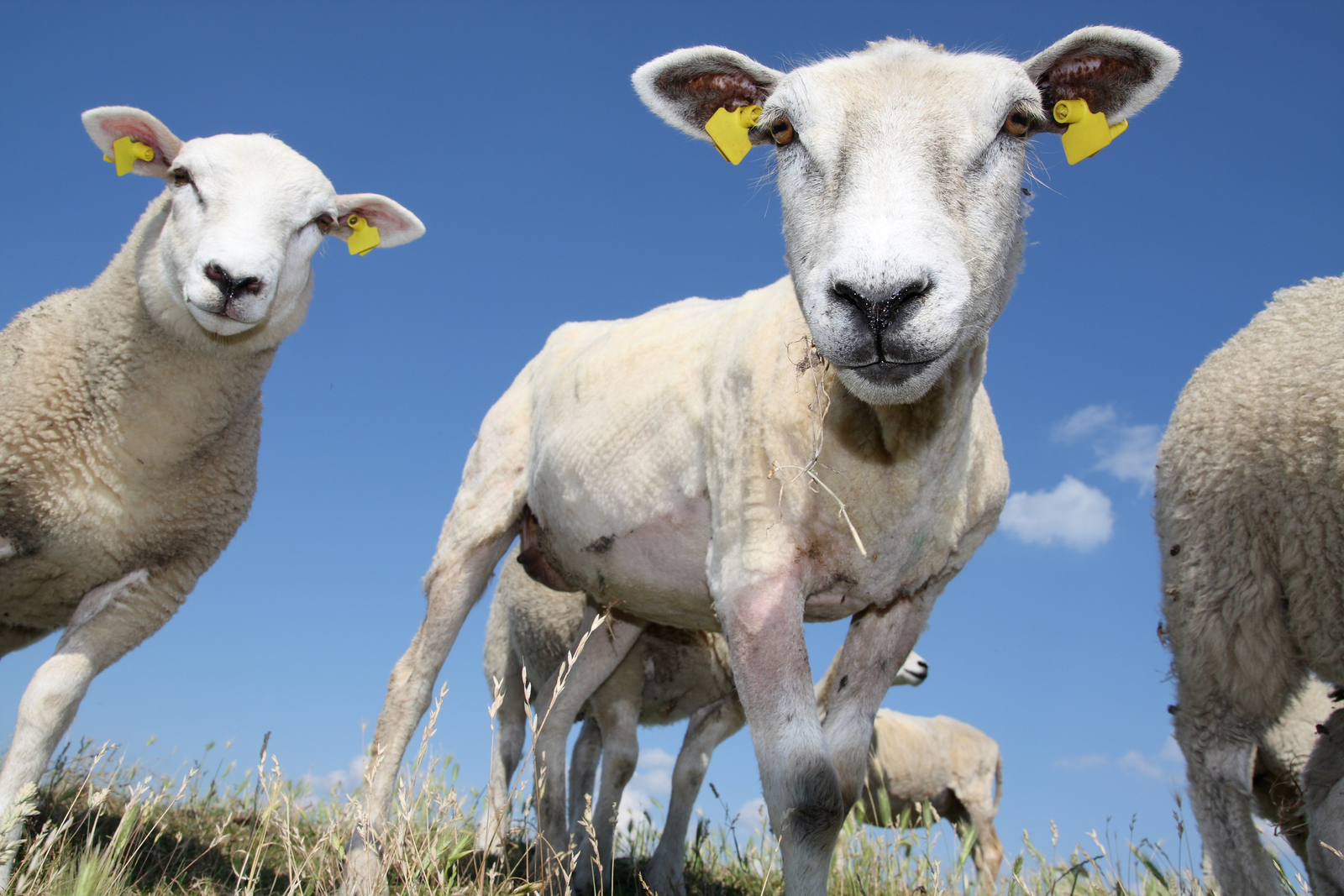Crambe as soybean alternative in lamb diets

A team of Brazilian and Canadian researchers looked at the effect of different levels of crambe meal (CM) in the diet as a substitute for soybean meal on feed intake, growth performance, blood parameters, carcass characteristics and meat quality of lambs.
Crambe (Crambe abyssinica Hochst), an annual herb of the family Cruciferae native to the Mediterranean region, has been introduced in many countries as a new source of industrial oil having a high erucic acid content. Crambe meal (CM) has been used in the diet of livestock. For example, CM substituted for soybean meal as the protein source in backgrounding and finishing diets of beef cattle diets.
Study: Lambs fed various levels of crambe meal
To determine whether (and at what levels) this oil containing herb can be a valuable alternative for soy for lamb diet, a study was done with 80 sheep, predominantly from the Texel breed. The animal group consisted of 40 male (23.3 ± 0.98 kg) and 40 female (22.1 ± 0.95 kg) lambs, were fed 0, 64, 128 or 192 g/kg dry matter (DM) CM in the total mixed diet. The feeding experiment was carried out at the Model farm of the Brazilian Company of Agricultural Research.
Effect on weight gain and carcass yields
It was shown that the intake of DM increased in parallel with the level of CM inclusion in the diet and there was no effect of CM on digestibility and weight gain. The feed to gain ratio decreased as levels of CM increased in the diet. Yields of carcass and commercial cuts were similar among diets. The proportion of muscle and the muscle to bone ratio tended to decrease with higher CM level in the diet.
Male and female lambs responded similarly to CM levels except for subcutaneous fat where there was a greater decrease in carcass of male than female lambs with increasing CM dietary level. Chemical composition and quality of the longissimus dorsi were similar among diets.
For more information on New Proteins
No ill effects on carcass quality
These data suggest that there are no ill effects on carcass quality and animal performance when CM is provided at up to 192 g/kg DM in the diet of growing lambs fed a forage to concentrate ratio of 350–650.
Join 26,000+ subscribers
Subscribe to our newsletter to stay updated about all the need-to-know content in the feed sector, three times a week. Beheer
Beheer









 WP Admin
WP Admin  Bewerk bericht
Bewerk bericht